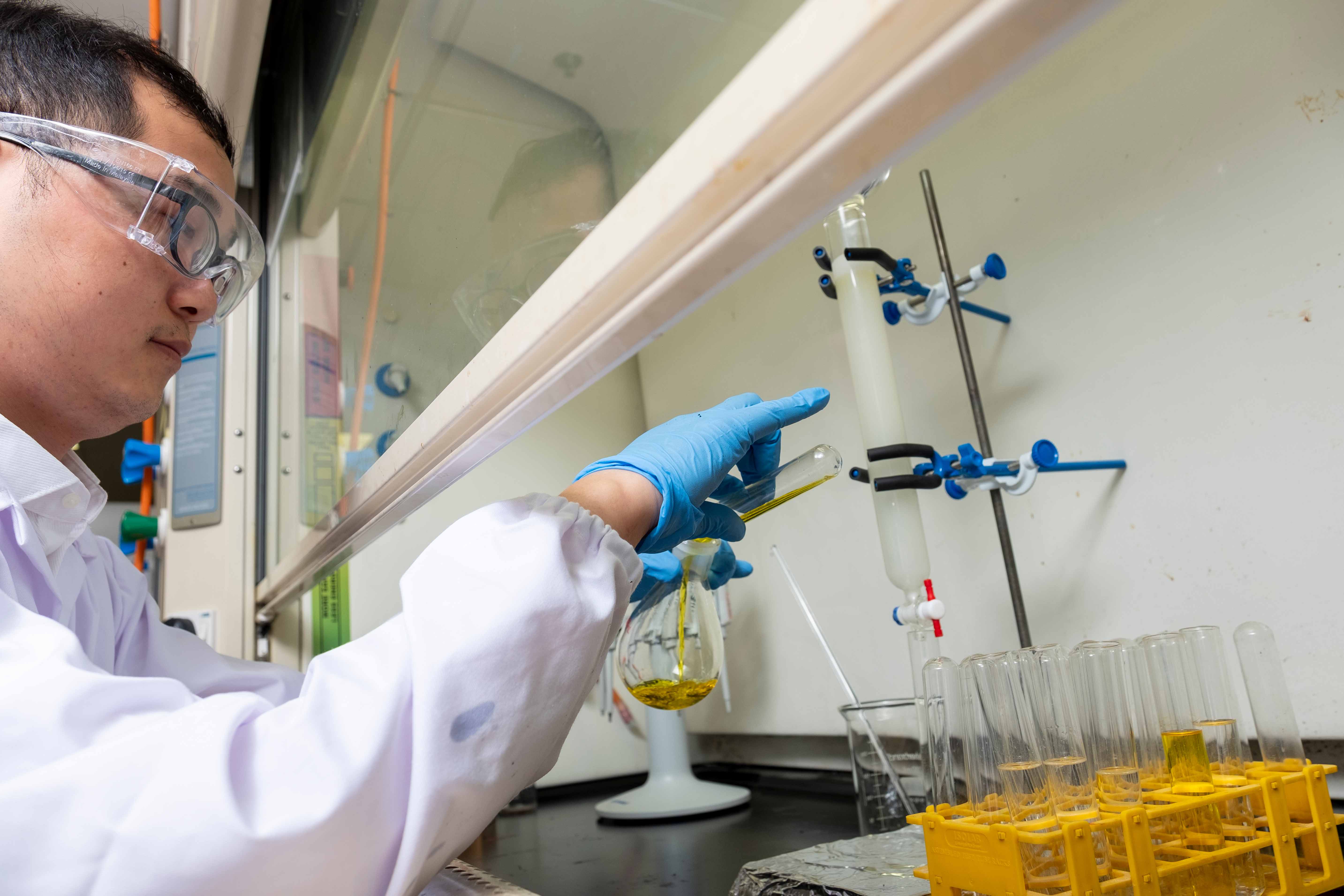New targeted way to treat brain cancer

Researchers led by NTU Singapore have developed a new and precise way to treat the most common type of brain cancer, glioblastoma, using a substantially lower dose of X-rays than existing radiation treatments.
The method has been shown in a study published in Nature Materials to curb the growth of brain tumours in mice, paving the way for future clinical applications in humans.
Rodents treated with the compounds, called molecular radio afterglow dynamic probes or “MRAPs”, lived twice as long as those that were not treated.
The compounds also unleashed their cancer-killing abilities only in brain tumour cells after being energised by a low X-ray dose, leaving healthy cells alone.
As a result, the researchers – led by NTU’s Prof Pu Kanyi from the School of Chemistry, Chemical Engineering and Biotechnology – expect the side effects of using MRAPs in humans to be lower than other types of radiation treatment.
Read more about this story on the NTU Research Hub.







